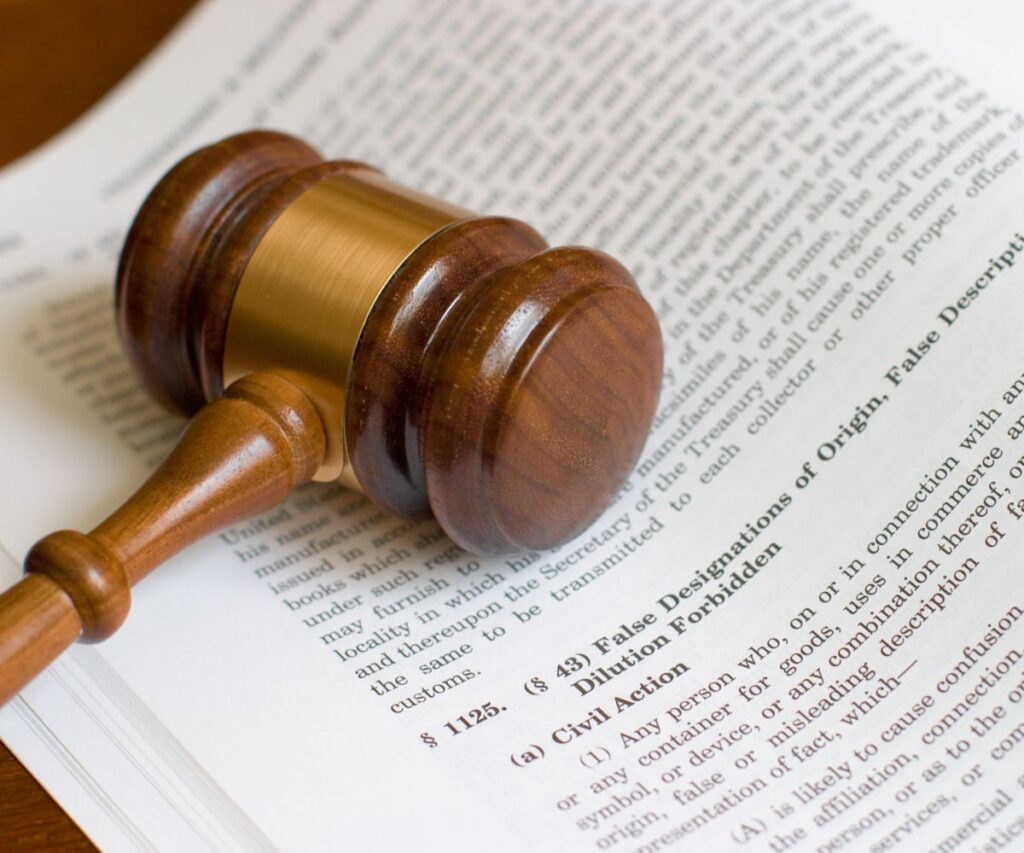For Any Queries
(+91)9313121314
(+91)9313121314

The purpose of the copyright is to ensure that only the creator can use the copyrighted work and that anyone else cannot reproduce, use, or trade the copyrighted work in any way.
Its main purpose, we can say, is to protect the original work from those who intend to copy it in the best interests of the work’s owner or creator.
Intellectual property in the form of literature, drama, music, sound, and other artistic works is typically protected by copyright.
Poetry, novels, books, stories, film scripts, and other forms of writing are some things for which a copyright can be obtained.
Other things include movies, videos, songs, music, and other audio and video materials. Artworks like paintings, sculptures, buildings, and research projects are also covered.

The primary law that controls everything related to copyright in India was passed in 1957 and is known as the Copyright Act. In addition to the Copyright Act of 1957, the 1958-notified Copyright Rules also apply to copyright-related matters in India.
India is a signatory to both the Berne Convention and the Universal Copyright Convention, so both of these agreements have an effect on the copyright laws that were passed there.

Section 2(zb) of the Indian Trademarks Act, 1999 defines a trademark or (“TM”) as a “mark capable of being represented graphically and which is capable of distinguishing the goods or services of one person from those of others and may include a shape of goods, their packaging, and combination of colours.”
In layman’s terms, we can say that a trademark is a type of mark of identification that businesses use to set their goods or service apart from those of others and rivals.

The primary goal of a trademark is to ensure that the products and services provided by a business are distinct from those provided by rival companies or other market participants.
For a variety of reasons, including the quality, quantity, length of time required for service delivery, method of production, etc. of the goods and services that are provided by that company, a trademark is frequently used to safeguard the reputation, fame, and popularity of those goods or services.
For the benefit of the business as well as the customers of such businesses, trademarks protect the exclusivity of the goods and services as well as the company.

In conclusion, we can say that the primary distinction between a copyright and a trademark is that a copyright is used to safeguard the originality of artistic and other forms of creation, such as literature, music, ideas, and so forth, for the benefit of the creator, whereas a trademark is used to set a business apart from its competitors and to safeguard its identity and exclusivity.
Both copyright and trademarks can be used to protect intellectual property rights, but they do so for very different kinds of property, are governed by very different Acts, and each has its own registration process.

Genuine Filings: Your trusted partner for accounting, taxation, legal, and business services
Head Office: 10234, Manak Pura, Karol Bagh, New Delhi, Delhi 110005
Branch Office: O-1/41B, Budhvihar Phase-1, New Delhi-110086
© Copyright – Genuine Filings 2023. All rights reserved. Developed by GEO Softech